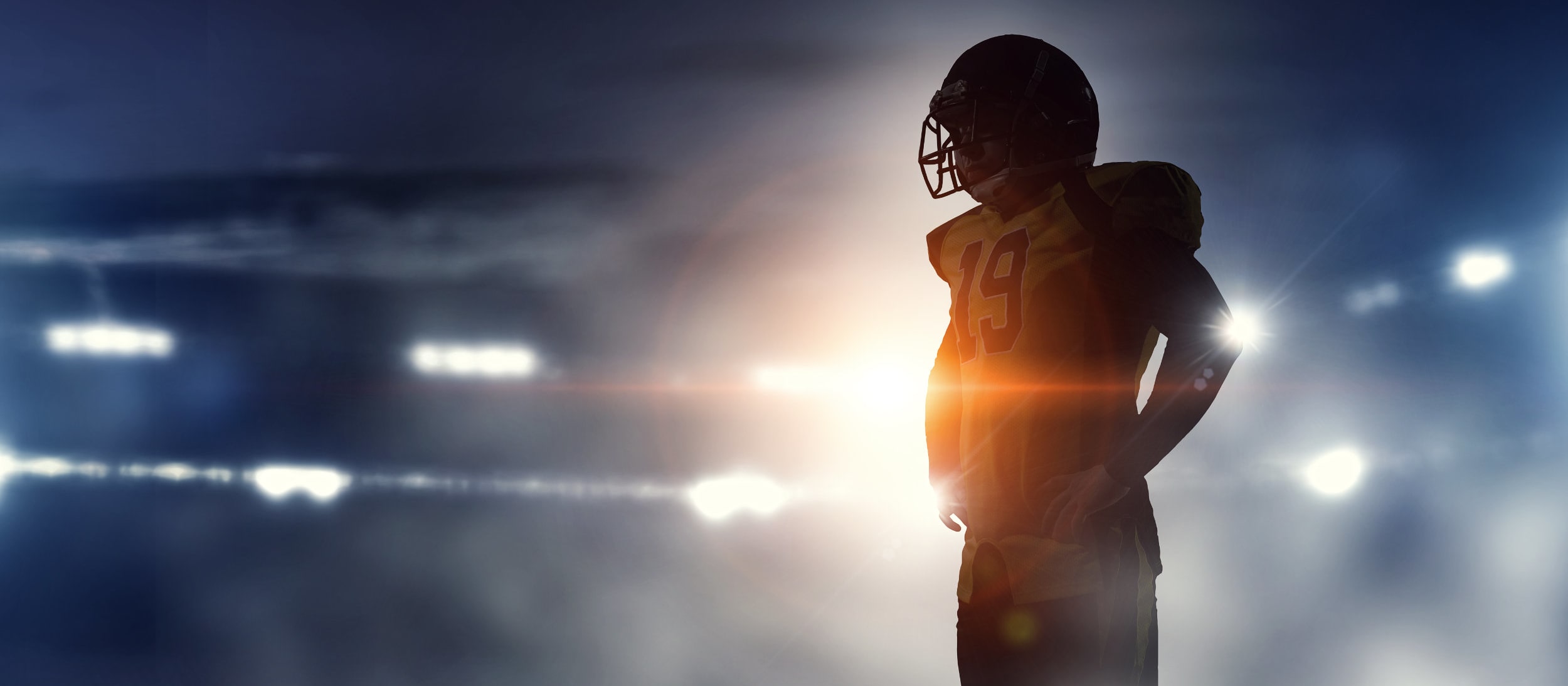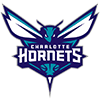The violent nature of football and its impact on the short- and long-term health of its players has become a hot topic in sports medicine. As the speed and size of the athletes increase, the NFL has been forced to adapt. Rules and regulations during the game have changed to better protect defenseless players while alterations to equipment such as helmets and padding have helped increase player safety. The NFL has also been on the forefront of concussion management, adopting a league-mandated policy on how concussed players must be handled. However, despite all the rule changes and advancements, injuries still occur on a regular basis, and no player is immune from harm.
Like the players and league office, fantasy owners must evolve and better prepare themselves for when an injury occurs. Injuries may be unpredictable, but certain players, positions and styles of play lend themselves to increased risk. Protect yourself by better understanding the inherent injury risk associated with each player, particularly your first several picks. If you take a calculated risk on a player, it may be wise to draft a suitable backup before you address other minor issues of your squad.
Start by researching injuries from the previous season. Last year almost half of the top-50 players in RotoWire's preseason player rankings missed at least one game due to injury. Thirteen of the top-25 players sat out at least one game, and nine of those 13 missed multiple games. Several of those players required surgery and, thanks to
The violent nature of football and its impact on the short- and long-term health of its players has become a hot topic in sports medicine. As the speed and size of the athletes increase, the NFL has been forced to adapt. Rules and regulations during the game have changed to better protect defenseless players while alterations to equipment such as helmets and padding have helped increase player safety. The NFL has also been on the forefront of concussion management, adopting a league-mandated policy on how concussed players must be handled. However, despite all the rule changes and advancements, injuries still occur on a regular basis, and no player is immune from harm.
Like the players and league office, fantasy owners must evolve and better prepare themselves for when an injury occurs. Injuries may be unpredictable, but certain players, positions and styles of play lend themselves to increased risk. Protect yourself by better understanding the inherent injury risk associated with each player, particularly your first several picks. If you take a calculated risk on a player, it may be wise to draft a suitable backup before you address other minor issues of your squad.
Start by researching injuries from the previous season. Last year almost half of the top-50 players in RotoWire's preseason player rankings missed at least one game due to injury. Thirteen of the top-25 players sat out at least one game, and nine of those 13 missed multiple games. Several of those players required surgery and, thanks to the labor dispute, were forced to rehab without the help of their teams' athletic training staff. However, many of the afflicted players have already completed treatment and are looking to bounce back in 2011.
In Dallas, quarterback Tony Romo will rejoin the potent Cowboys offense after missing 10 games with a fractured left collarbone. The injury should not be problematic since it occurred to his non-throwing arm, and medical imaging has confirmed the bone is healed. Furthermore, owner Jerry Jones addressed several offensive line issues in the draft in hopes of better protecting his quarterback. A healthy Dez Bryant, fully recovered from a fractured ankle, should also aid Romo's return to prominence.
Colts tight end Dallas Clark is another marquee name looking to return from injury, as Peyton Manning's frequent target needed surgery to repair torn ligaments in his right wrist. Clark was casted and then rehabbed with an independent sports facility in Indianapolis. His range of motion and strength appear to have returned, and he should jump back near the top of this season's tight-end crop.
San Francisco's Frank Gore ended the season on injured reserve after suffering a fractured right hip. The fracture was of the hairline variety and did not require surgery. He aggressively rehabbed the area and was cleared to run in February, indicating the injury will not be an issue entering the season. To protect their workhorse, the Niners drafted running back Kendall Hunter to spell Gore at times. Despite the injury, Gore finished last season with more than 1,000 total yards and five touchdowns and remains a top consideration among running backs.
The injuries to Romo, Clark and Gore occurred on isolated plays and are not indicative of previous injury problems. However, when researching for your draft, do not limit yourself to examining just last season. By digging into a player's past you can often learn a lot about his ability to stay healthy and how he spent his offseason. For example, Detroits Matthew Stafford has been a potential breakout candidate since joining the league, but recurring injuries have limited his growth. The 2009 No. 1 overall pick has played in just 13 games since joining the league, missing time with a variety of ailments to both shoulders and his knee. Stafford's main injuries have been to the acromioclavicular (AC) joint in his throwing shoulder. He injured the shoulder joint multiple times in 2009 and 2010 and ultimately needed surgery to repair the damage. While Stafford should be the man in Detroit to start the season, drafting him as your fantasy quarterback remains a big risk. Other players with a history of injuries include Reggie Bush (left knee), Matt Hasselbeck (hip, back) and Jeremy Shockey (hernia, leg, knee).
Assessing injury risk doesn't stop with the often injured. Even the most reliable player is a snap away from ending up on IR. During your pre-draft preparation it's best to remember each position comes with varied risk. Running backs are at an increased risk because they carry a larger workload than any other fantasy-related position. Last season, Atlanta's Michael Turner led the NFL in carries with 334. That means his body was subjected to nearly three times as many hits as his teammate Roddy White, who lead all wide receivers with 115 catches. The numbers jump higher if the running back is particularly adept at catching the ball. Houston's Arian Foster finished third in the league in rushing attempts with 327 and caught 66 passes to lead the league in touches with 393.
Successive heavy workloads can also take a toll on the body, gradually wearing a running back down. In the past, backs like Eddie George, Shaun Alexander and Larry Johnson have quickly fallen from the top of the fantasy world. After years of averaging more than 300 touches these individuals began suffering chronic injuries. More recently former Red- skin Clinton Portis suffered through two injury-plagued seasons in 2009 and 2010. Portis finished in the top five in the NFL in touches in four of the five seasons preceding 2009, and it now appears those heavy demands have at last caught up to the veteran. Backs entering 2011 with consecutive seasons of high mileage on their legs include Steven Jackson, Maurice Jones-Drew and Chris Johnson.
For running backs, it's also is important to consider their style of play. It may make for great highlight footage, but bruising backs like Adrian Peterson absorb high amounts of force when breaking a tackle. These backs welcome punishment from the defense, but increase their risk of injury in the process. Repetitive forces like being tackled result in bio-mechanical and structural changes to tissue. These changes can lead to chronic problems like inflammation and degeneration. Consider the case of the notoriously powerful Marion Barber. He made a name for himself with his physical and punishing style of play and even led the league in 2007 in broken tackles. However, he has suffered through numerous injuries the last few seasons including a torn quadriceps muscle, a bruised left knee, a broken thumb and a calf strain. It cannot be guaranteed that each injury was the result of years of being hit, but it is likely it was a contributing factor. In addition to Peterson and Barber, several other backs have a tendency to absorb contact including Jones-Drew, Brandon Jacobs and Peyton Hillis.
While the wide receiver position may not be as grueling as running back, receivers have plenty of their own problems. Elite receivers are on the field for nearly every snap on offense and are often required to make quick starts and stops. A receiver relies on speed, agility and strength to accelerate smoothly and successfully run a route. The constant changes in speed leave their lower extremities vulnerable to muscle strains and ligament sprains. These injuries, particularly hamstring injuries, can be nagging and significantly hinder a receiver's production. If a strain occurs to the lower extremity, the athlete's entire kinetic chain can be disrupted, and other muscle groups are more often injured. Miami's Brandon Marshall and Tennessee's Kenny Britt both missed time last season with hamstring issues and will look to rebound in 2011.
Furthermore, a recent study revealed receivers have a higher frequency of multiple concussions than any other fantasy-relevant position. These odds only increase if the receivers are also involved in special teams. Last season, Colts receiver Austin Collie played in just nine games after suffering two violent concussions in a six-week span. Other receivers to succumb to a concussion in 2010 include Joshua Cribbs, DeSean Jackson and Hines Ward.
Quarterback is the position most protected by the rules of the NFL and is more than likely the position with the least amount of inherent risk. Penalties for a defensive player attacking a quarterback have decreased the aggressiveness of would-be tacklers. While quarterbacks are not invulnerable to injury (think Tom Brady in 2008), these rules have helped pocket passers like Philip Rivers, Peyton Manning and Eli Manning avoid numerous violent hits. All three of these fantasy-friendly signal callers are in the top 15 for consecutive games played at the position.
Unfortunately these rules can't shield quarterbacks prone to leaving the pocket and running. Michael Vick and Aaron Rodgers both missed time last season after suffering injuries while scrambling for extra yardage. Rodgers suffered a concussion on a rushing attempt and missed a week, and Vick was sidelined for three weeks nursing a rib injury sustained while running for a score. Quarterbacks quick to run may provide extra points on a weekly basis but are also more susceptible to missing time. If you do elect to draft a fast-footed QB, play it smart and add a quality backup as insurance.
Predicting injuries is nearly impossible. However, fantasy owners should enter their drafts with a game plan that accounts for the risks associated with players at different positions, with various injury histories and with particular styles of play.





















